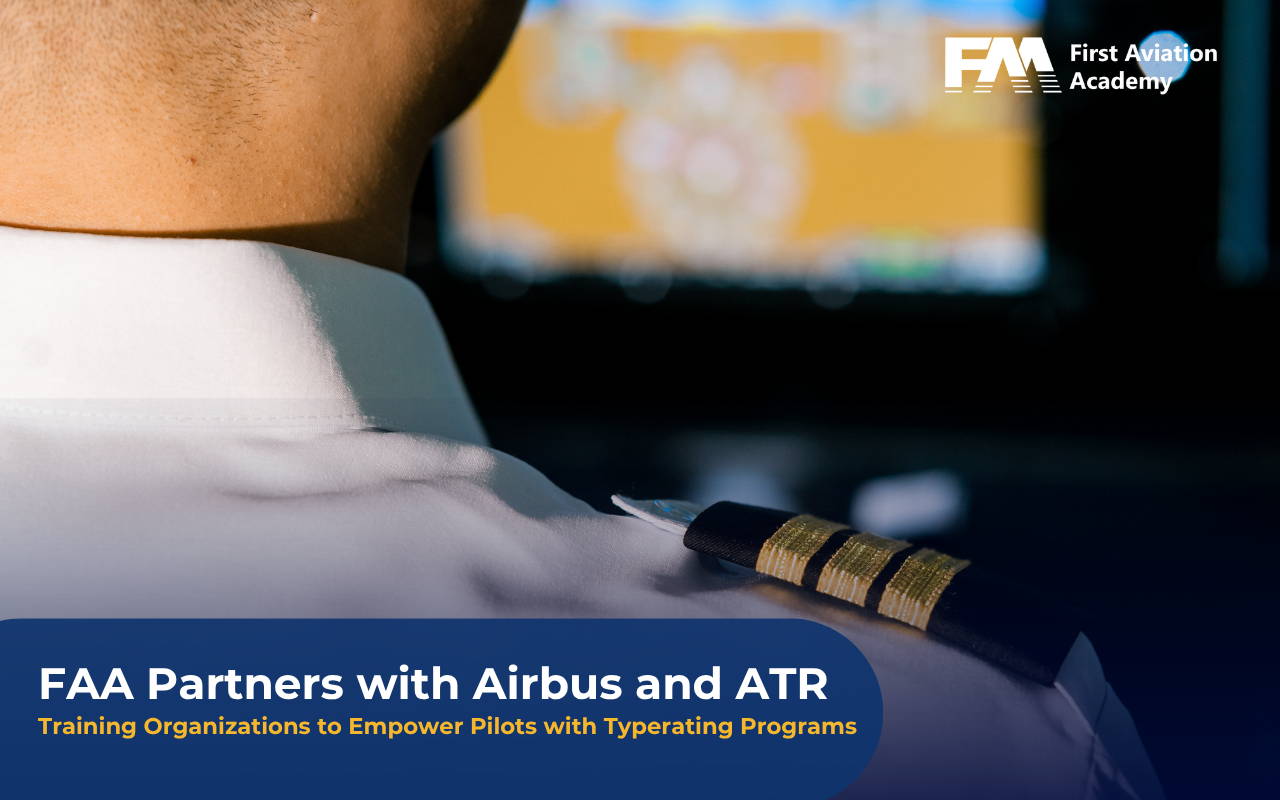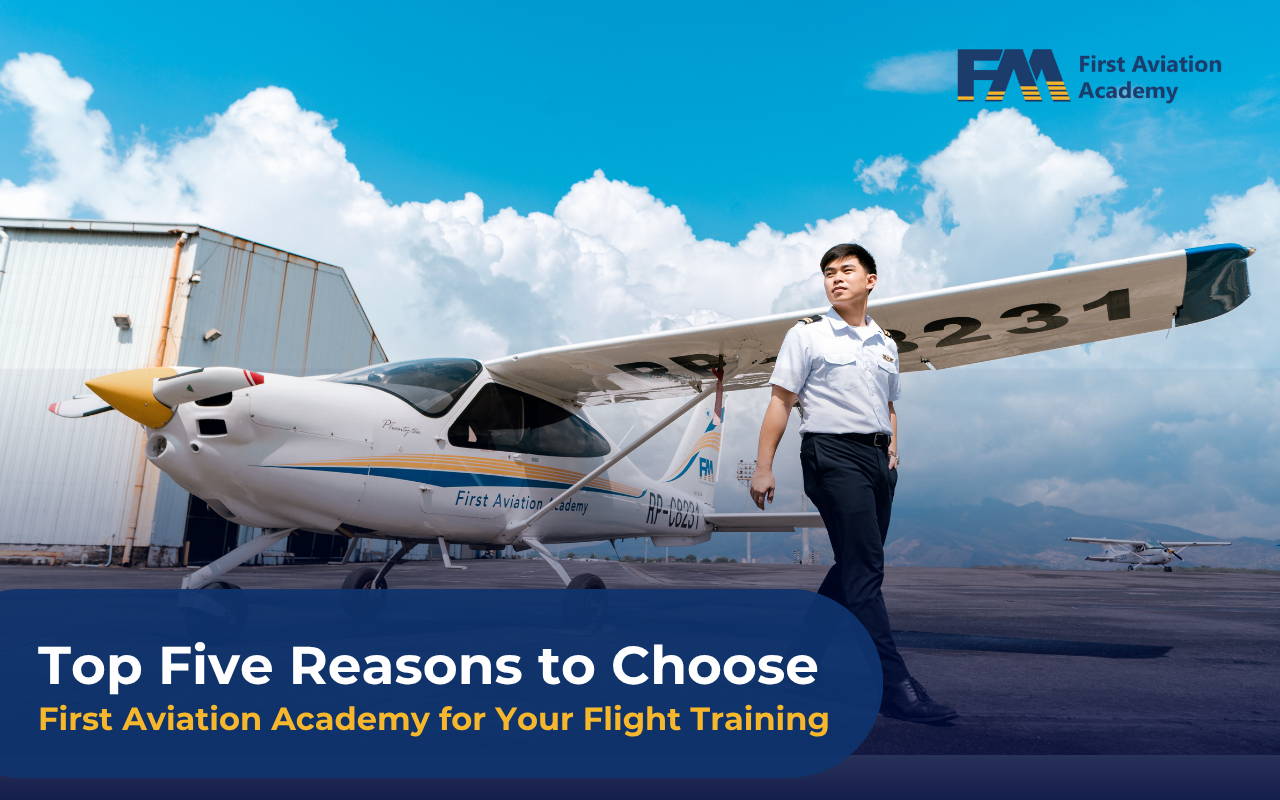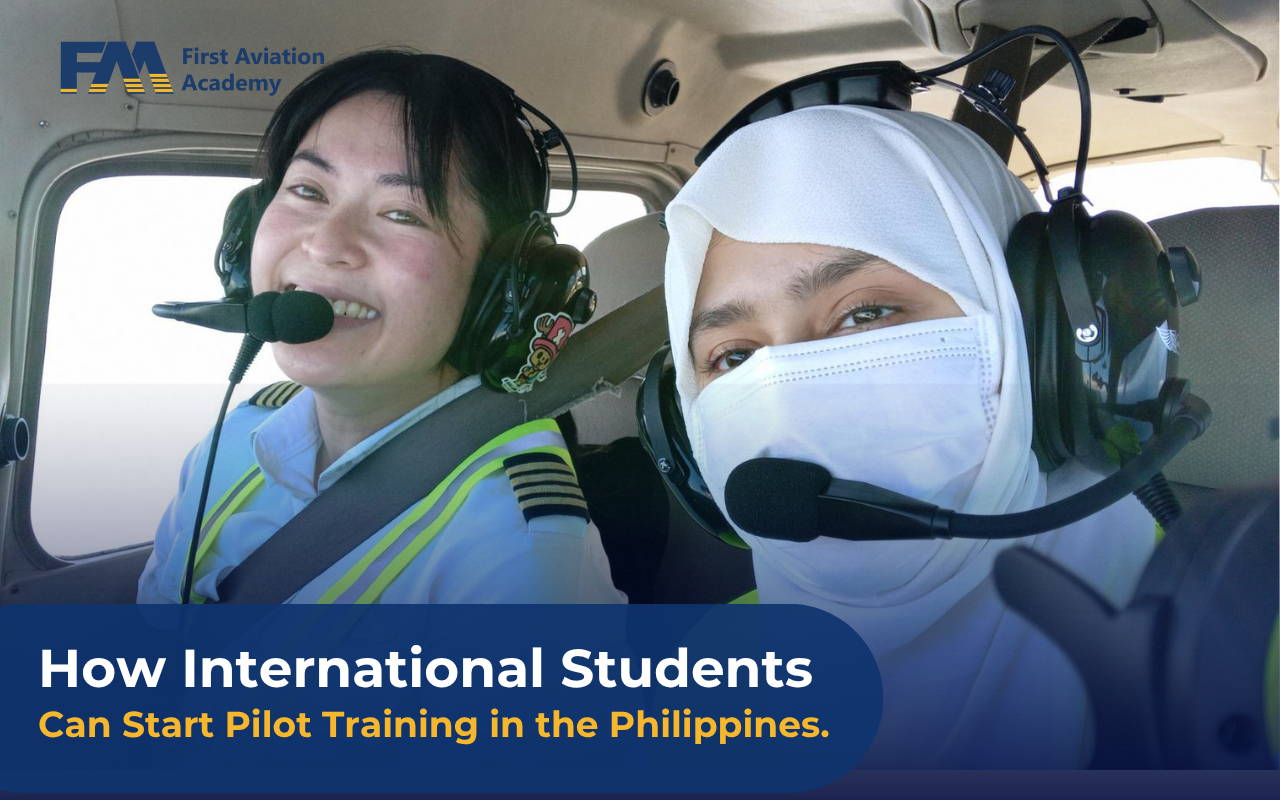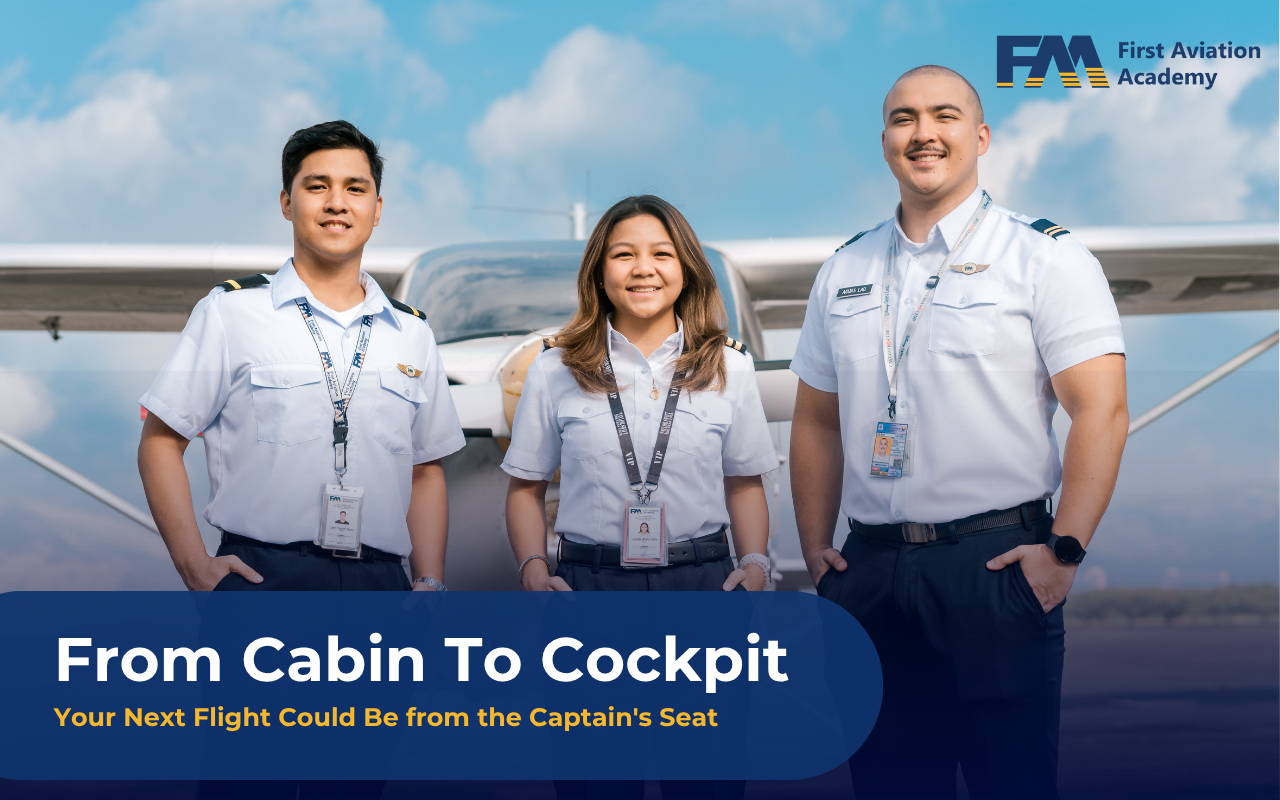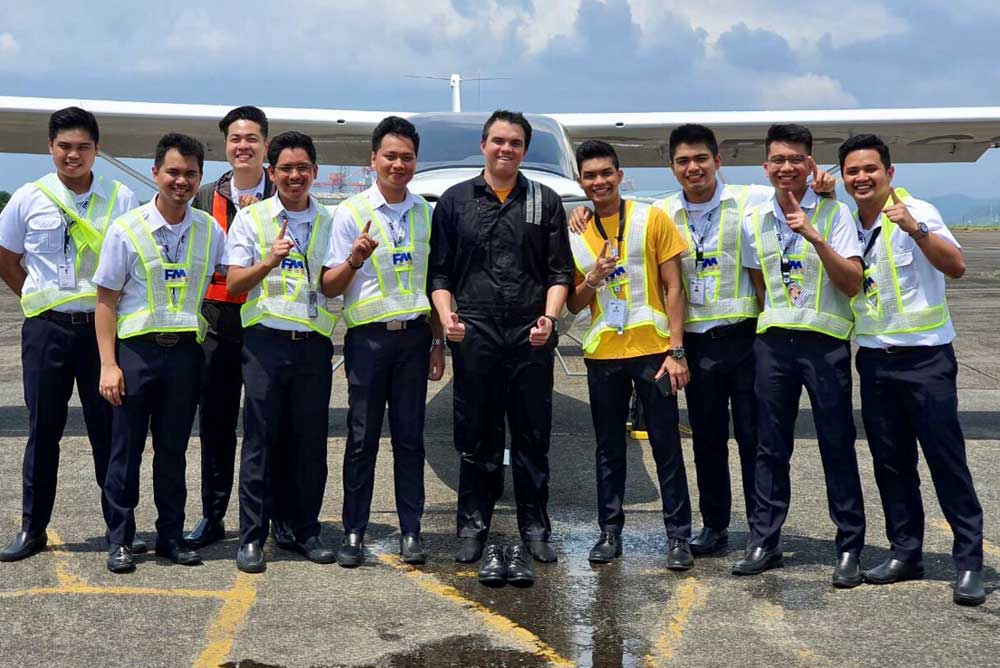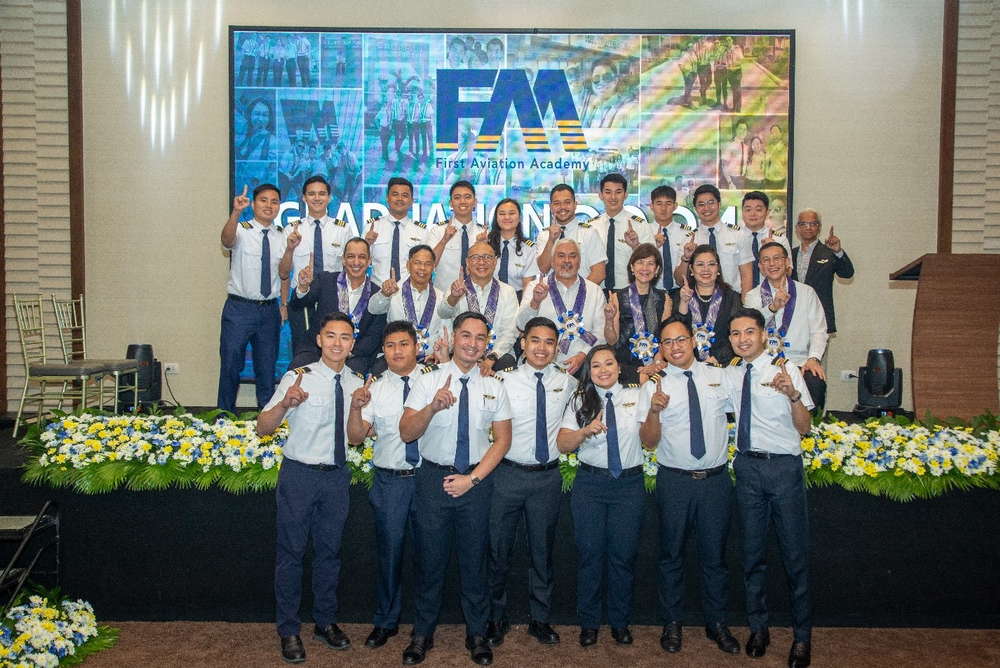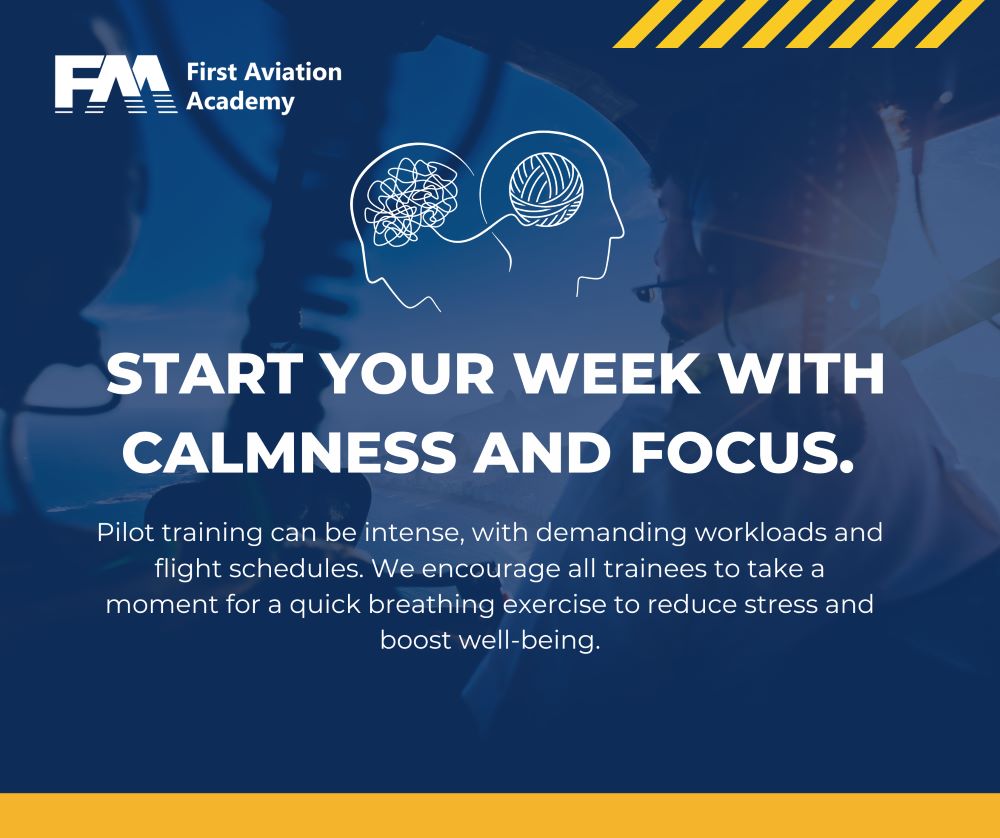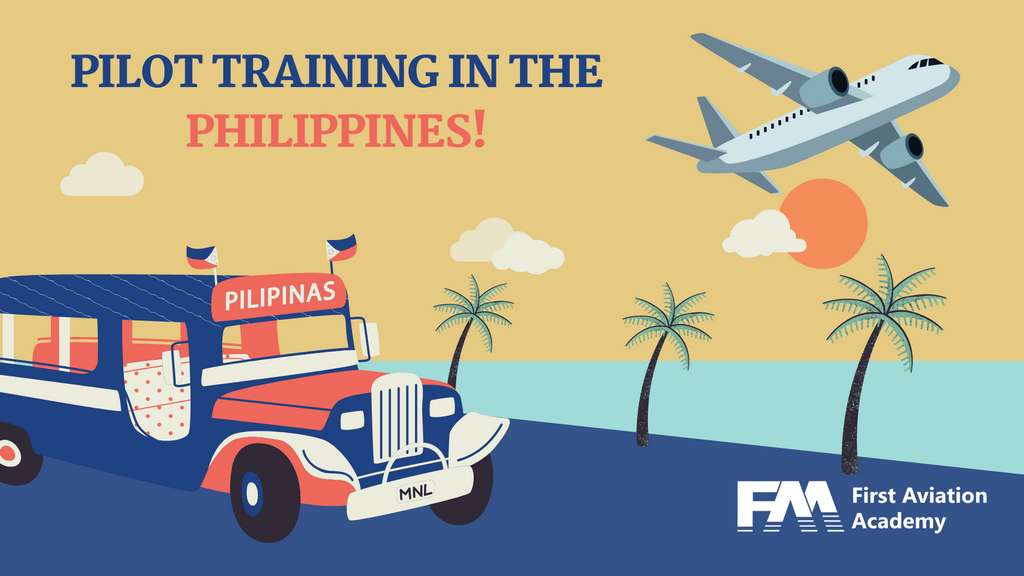
Pilot training involves both theoretical knowledge and practical flight experience. The Civil Aviation Authority of the Philippines (CAAP) regulates pilot training institutions and issues licenses to pilots. Here is a comprehensive guide on pilot training in the Philippines.
A. Licenses
There are various types of pilot licenses, including Private Pilot License (PPL), Commercial Pilot License (CPL), and Airline Transport Pilot License (ATPL). But to be able to start training, you will need to apply for the Student Pilot Authorization aka Student Pilot License (SPL).
B. Eligibility Criteria:
Generally, candidates must be at least 17 to begin training for a private pilot license and 18 for a commercial pilot license. Physical fitness is a prerequisite, as determined by medical examinations conducted by CAAP-approved aviation medical examiners. Visual acuity is important. But as long as it can be corrected using spectacles or contact lenses, you will be good to go.
C. Selecting a Flight School:
Research and compare flight schools in the Philippines based on factors like reputation, facilities, aircraft fleet, instructors’ qualifications, and cost. Ensure that the flight school is CAAP-approved and offers courses aligned with international aviation standards.
D. Training Programs:
- Private Pilot License (PPL): This is the first step towards becoming a pilot. It involves basic flight training and allows you to fly for recreational purposes.
- Commercial Pilot License (CPL): This enables you to fly for compensation or hire. CPL training includes advanced flight training, navigation, and instrument flying.
- Multi-Engine Rating: If you plan to fly multi-engine aircraft, you’ll need this additional rating.
- Instrument Rating: This training allows you to fly in low visibility conditions using only the aircraft’s instruments.
- Airline Transport Pilot License (ATPL): The highest level of pilot license required for flying commercial airliners.
E. Curriculum and Training Structure:
- Ground School covers subjects like aerodynamics, aircraft systems, navigation, meteorology, and aviation regulations.
- Flight Training is a practical instruction in operating an aircraft, including pre-flight inspections, take-offs, landings, navigation, emergency procedures, and flight maneuvers.
- Simulator Training utilizes flight simulators to practice various flight scenarios and procedures in a controlled environment.
- Cross-country flights are training flights that involve navigating between different airports and gaining experience in flight planning and navigation.
F. Duration and Cost
The duration and cost of pilot training can vary based on the type of license and the flight school. Generally, PPL training takes around 4-6 months, while CPL training can take 8-9 months. Costs include tuition, flight instructor fees, aircraft rental fees, exam fees, and the cost of study materials. It’s essential to budget for additional expenses and potential fluctuations in fuel prices.
G. Examinations and Licensing:
After completing the required training, candidates must pass written exams, practical flight tests, and oral examinations conducted by CAAP examiners. Once all requirements are met, CAAP issues the appropriate pilot license.
H. Career Opportunities:
Pilots can pursue various career paths, including commercial airline pilots, corporate pilots, flight instructors, aerial firefighters, and more. Networking, gaining experience, and continuous training are essential for advancing in the aviation industry.
I. Continuing Education and Training:
Aviation is an evolving field, and pilots must stay updated on new technologies, regulations, and procedures through recurrent training and professional development courses. Advanced ratings and endorsements, such as type ratings for specific aircraft, can enhance career opportunities and earning potential.
Pilot training in the Philippines offers a comprehensive pathway to becoming a licensed pilot, with opportunities for various aviation careers. Choosing a reputable flight school, dedicating oneself to rigorous training, and maintaining a commitment to safety and professionalism are essential for success in the aviation industry.


